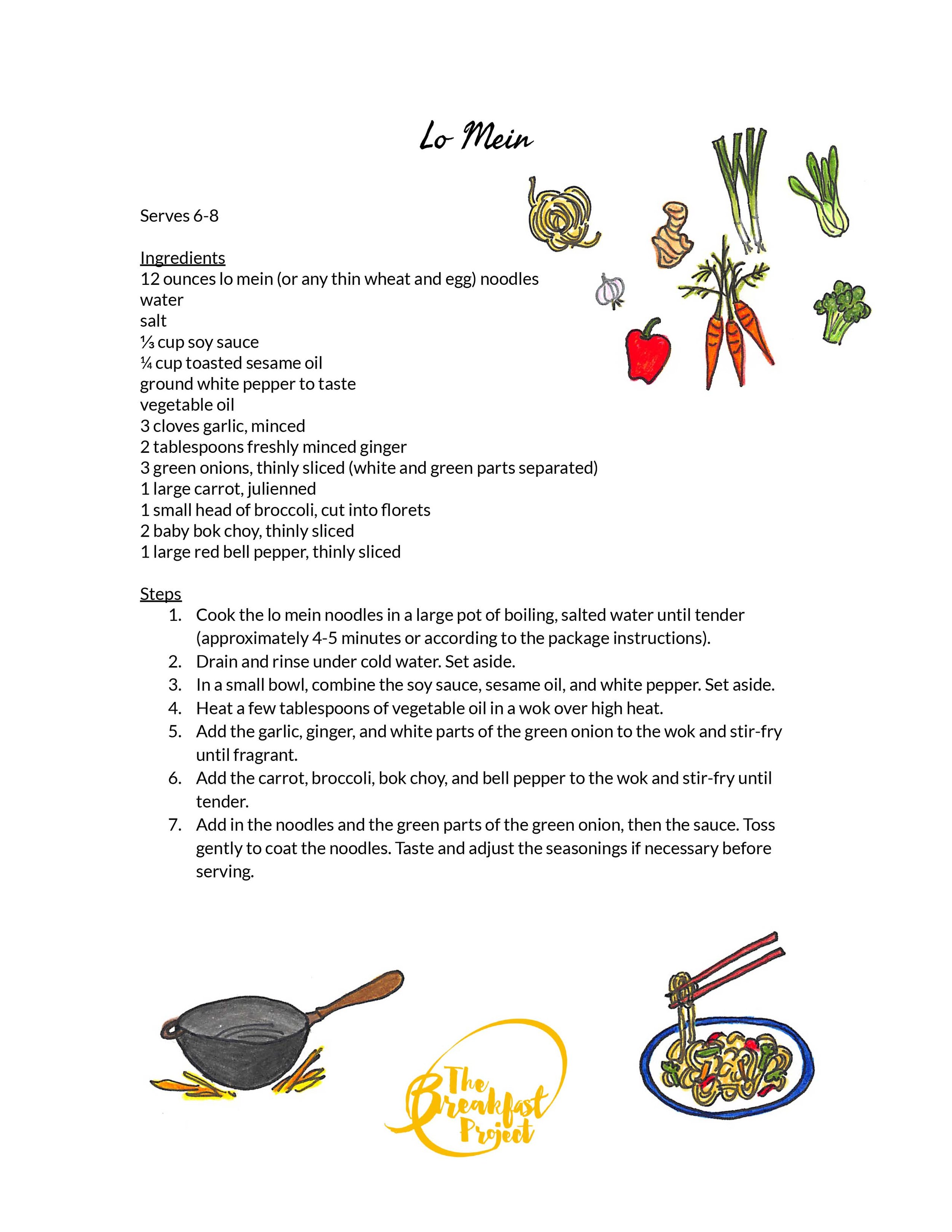In class this week, we read a book by the artist Jacob Lawrence called The Great Migration: An American Story featuring his paintings about the movement of millions of African Americans in the twentieth century from the American South to cities in the North and later to cities in the West. In San Francisco specifically, many African Americans arrived from the South to work at the Hunters Point Naval Shipyard. We discussed some of the conditions of the Jim Crow laws and why Black families chose to move in search of better economic opportunities and lives free from prejudice. Lawrence’s book talks about how many African American families met different but no less devastating forms of discrimination in their new homes. Our lesson happened to fall on the same week that the San Francisco Board of Supervisors formally apologized to its African American community for “decades of systemic and structural discrimination, targeted acts of violence, atrocities.”
In the kitchen, the chefs made a truly American dish, collard greens, with a vegetable originally from Europe, a cooking method originally from the African continent, and a recipe that tells the story of African American ingenuity, survival, and thriving. We learned that the highly nutritious juices left over from the cooking process are called potlikker. The second and third graders enjoyed the collards and potlikker with cornbread. Some choose to eat the bread separately; others chose to mix it in with the liquid to sop up all the flavor.


























































































































































































































































































































































































































































































































































































































































